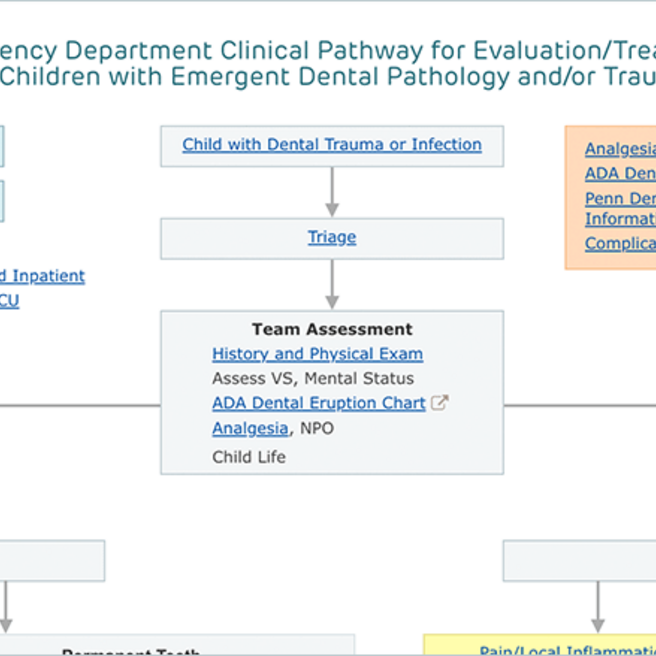

Acute otitis externa (AOE), also known as swimmer's ear, is an outer ear infection, usually caused by bacteria that multiply when water becomes trapped in the ear canal. Otitis externa infections are more common in warmer climates and in the summer months, when people have increased exposure to water. Other factors that may cause swimmer's ear include skin conditions that may contribute to debris in the ear canal, trauma from aggressive ear cleaning, trauma from wearing hearing aids, sweating, allergies and stress.
Common symptoms of AOE are inflammation, itching, a feeling of fullness, hearing loss and pain when tugging on the earlobe or chewing food.
Treatment for AOE includes analgesics to relieve pain and ear drops to clear up infections. Ear drops are highly effective because of the high local drug concentration in the ear canal.
Compared to topical therapy, oral antibiotics are too commonly used and do not achieve a high enough drug concentration to be effective against the major pathogens of AOE, which are able to resist them.
Jennifer M. Spellman, MSN, CRNP, CORLN, nurse practitioner in the Division of Otolaryngology (ENT) at Children’s Hospital of Philadelphia, shares her tips for preventing swimmer’s ear:
- Keep your ears dry. After swimming or bathing, tip your head to the side to help water drain from your ear canal. Dry only your outer ear, wiping it gently with a soft towel. You can safely dry your outer ear canal with a blow-dryer placed on the lowest setting or with an ear dryer (Mack's® Ear Dryer).
- Prevent infection at the source. If you know you don't have a punctured eardrum, you can use homemade preventive eardrops consisting of equal parts white vinegar and rubbing alcohol. This solution promotes drying and helps prevent the growth of bacteria and fungi.
- Swim safely. Don't swim in lakes or rivers on days with high bacteria counts.
- Swim wisely. Wear earplugs or a swim cap to keep your ears dry in the water.
- Protect your ears from irritants. Put cotton balls in your ears while applying products such as hair sprays and hair dyes.
- Avoid putting foreign objects in your ear. Never attempt to scratch an ear itch or dig out earwax with objects such as a cotton swab, paper clip or hairpin. Doing so can not only pack material deeper into your ear canal but can also irritate or break the thin skin inside your ear.
References
Featured in this article
Specialties & Programs

Acute otitis externa (AOE), also known as swimmer's ear, is an outer ear infection, usually caused by bacteria that multiply when water becomes trapped in the ear canal. Otitis externa infections are more common in warmer climates and in the summer months, when people have increased exposure to water. Other factors that may cause swimmer's ear include skin conditions that may contribute to debris in the ear canal, trauma from aggressive ear cleaning, trauma from wearing hearing aids, sweating, allergies and stress.
Common symptoms of AOE are inflammation, itching, a feeling of fullness, hearing loss and pain when tugging on the earlobe or chewing food.
Treatment for AOE includes analgesics to relieve pain and ear drops to clear up infections. Ear drops are highly effective because of the high local drug concentration in the ear canal.
Compared to topical therapy, oral antibiotics are too commonly used and do not achieve a high enough drug concentration to be effective against the major pathogens of AOE, which are able to resist them.
Jennifer M. Spellman, MSN, CRNP, CORLN, nurse practitioner in the Division of Otolaryngology (ENT) at Children’s Hospital of Philadelphia, shares her tips for preventing swimmer’s ear:
- Keep your ears dry. After swimming or bathing, tip your head to the side to help water drain from your ear canal. Dry only your outer ear, wiping it gently with a soft towel. You can safely dry your outer ear canal with a blow-dryer placed on the lowest setting or with an ear dryer (Mack's® Ear Dryer).
- Prevent infection at the source. If you know you don't have a punctured eardrum, you can use homemade preventive eardrops consisting of equal parts white vinegar and rubbing alcohol. This solution promotes drying and helps prevent the growth of bacteria and fungi.
- Swim safely. Don't swim in lakes or rivers on days with high bacteria counts.
- Swim wisely. Wear earplugs or a swim cap to keep your ears dry in the water.
- Protect your ears from irritants. Put cotton balls in your ears while applying products such as hair sprays and hair dyes.
- Avoid putting foreign objects in your ear. Never attempt to scratch an ear itch or dig out earwax with objects such as a cotton swab, paper clip or hairpin. Doing so can not only pack material deeper into your ear canal but can also irritate or break the thin skin inside your ear.
References
Recommended reading
Otitis Externa (Swimmer’s Ear)

Fungi and bacteria can grow in water that remains trapped in the ear canal after swimming.
Contact us
Division of Otolaryngology (Ear, Nose and Throat)